A distinctive feature of Adelaide is the extensive belt of 800ha of grassland and tree plantings that surround the city and North Adelaide and greatly enhance the inner city’s amenity. They were laid out in Colonel William Light’s 1837 survey and have been preserved remarkably intact. The idea of urban parks exists in town planning since classical times, and some elements of Light’s plan such as the five squares are based directly on historical models such as the 1682 plan of Philadelphia. However, there appear to be no precedents for the perimeter parkland.
In 1864, Surveyor-General George Goyder drew up a standard plan for country towns with a similar parkland perimeter, and his surveyors dotted the wheat belt with miniature Adelaides. Maitland on the Yorke Peninsula is a particularly fine example.
There has been conflict between recreational and institutional use of the Adelaide parklands since the mid nineteenth century. Light never clearly spelled out their intended function, but seems to have envisaged a division between government and community uses. In March 1837 he marked out nine areas of the parklands for government purposes, reserving the rest for the ‘use and recreation of the citizens’. Given his military background, his use of the word ‘park’ may have implied a place for grazing animals and parking wagons and guns, rather than a place of public amenity. (This meaning is retained in our modern word carpark.) By 1840 West Terrace Cemetery was in use, Government House, the military barracks and Adelaide Gaol were under construction, and much of the land was used for grazing government horses. The parklands remained crown land until 16 April 1839, when purchased by Governor George Gawler to forestall private landholders. The purchase was never completed, and while most of the land has been under the care and management of the Adelaide Corporation since 1849, its tenure was long in question. It was only in the early 1850s that the recreational values of the parklands were widely recognised, and some areas were fenced and gardeners appointed to maintain them.
An early controversy over development arose in 1855 when a grandstand was built at the racecourse, now Victoria Park. The issue was not the activity of horseracing, but the erection of a permanent structure. Large areas of the parklands have since been utilised for public facilities: roads, bridges, Parliament House, a hospital, a lunatic asylum, a morgue, an astronomical observatory, a botanic garden, a zoo, military and police barracks, showgrounds, a cricket oval, the Exhibition Building, a school, two universities, an art gallery, a museum, a library, swimming baths, boat sheds, railway stations, entertainment centres, and water and sewerage depots. These were concentrated along North Terrace, other areas remaining undeveloped; the Duryea photographs of 1865 show sheep grazing in grassland almost entirely bare of trees. Extensive areas were used to dump rubbish until the early twentieth century, and animals were grazed until the 1950s. However the question of development was perennially controversial, and the Park Lands Preservation League was established in 1903 to oppose further alienation of parkland.
In the 1980s the Adelaide Station Environs Redevelopment project brought unprecedented land uses; the Adelaide Casino, Hyatt Hotel and Convention Centre were granted long-term leases, the first major and overt commercial activities tolerated in the parklands. A new Adelaide Parklands Preservation Association was formed in 1987 to oppose further intrusion. In recent decades the Grand Prix and Clipsal 500 car races have again led to controversy over permanent infrastructure in the East Parklands. In 2005 parliament passed the Adelaide Park Lands Act which recognises and limits commercial uses for the land. It is administered by the Adelaide Park Lands Authority with joint state and city representation, but land uses in the parklands remain controversial.


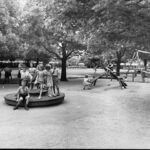

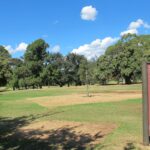
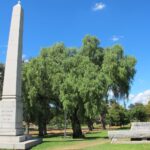
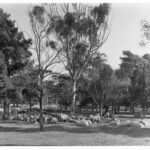
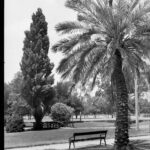
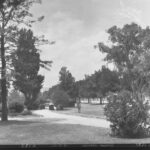
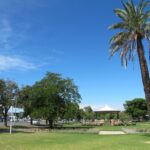

Comments